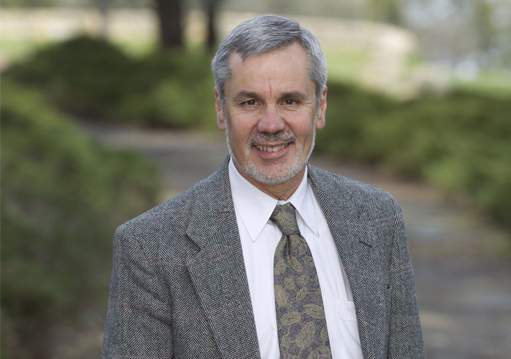Australia is a microcosm of the dilemma the world faces over climate change as the Australian government, businesses and the general public grapple with the tensions, conflicts and complexities that surround the issue.
Extreme weather events made world news in January when the Australian Open Tennis Tournament was suspended due to excessive heat. But extreme weather has far more serious consequences.
In 2009 over 500 Australians died in a savage heatwave and massive bushfires in Melbourne and the surrounding area. In 2010, about 78% of the state of Queensland – an area larger than Sweden, Norway, Finland and Denmark combined – was flooded, with damages of at least AUD 5 billion (about 30 billion SEK).
The summer of 2012/2013 saw an astounding 123 extreme weather records, many of them due to extreme heat, set across the country. A massive heatwave covered over 70% of the continent for over two weeks.
The most recent summer – December 2013 through February 2014 – was even worse. Over 150 extreme weather records were set across Australia, again many of them associated with extreme heat. And the science pointing to the influence of climate change on extreme weather events has become even stronger.
Meanwhile, Australia’s large coal mining sector is set to expand its exports even further, aided by both the federal and state governments. New port facilities for the state of Queensland, where many of the prospective new coal mines are located, have now been approved.
Offshore from the prospective new coal mines lies the Great Barrier Reef, the world’s largest ecosystem and the biggest economic asset in Queensland. The science is absolutely clear about the threats that burning coal pose for the Reef, both through warming that bleaches the corals and increasing ocean acidity that corrodes them. Over the past 30 years, about half of the Reef’s coral cover has disappeared.
Australia’s coal industry is also facing challenges of an economic nature. Once the dominant fuel for the country’s electricity generation sector, renewable energy is now mounting a major challenge. Over 1.2 million Australian homes, about 10% of all homes in the country, now have solar photovoltaic cells on their roofs. The number is growing rapidly.
Both solar and wind are now competitive with fossil fuels in terms of cost. Projections for additional generation capacity out to 2020 show renewable energy gaining ascendancy, with no new fossil fuel generation planned.
Yet Australian society remains deeply divided. The new government appears to be backing the fossil fuel industry and slowing or stalling the rapidly growing renewable energy sector.
Unless Australia braces the changes that now seem inevitable, the country is in for a very rough ride – divisive politics, increasingly risky investments, a costly and disruptive economic transition, and significant environmental damage. Can the rest of the world do better?
Will Steffen is a Councillor on the publicly-funded Climate Council of Australia that delivers independent expert information about climate change, and is a global change researcher at the Australian National University (ANU), Canberra. From 1998 to mid-2004, Steffen served as Executive Director of the International Geosphere-Biosphere Programme, based in Stockholm, and is currently a guest researcher at the Stockholm Resilience Centre.
